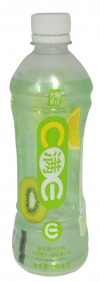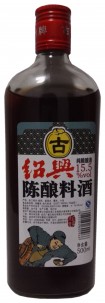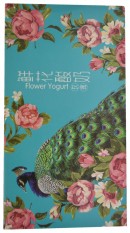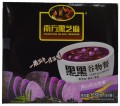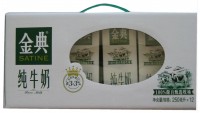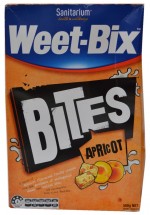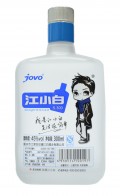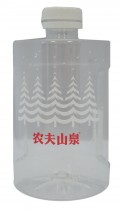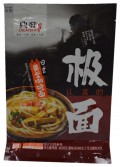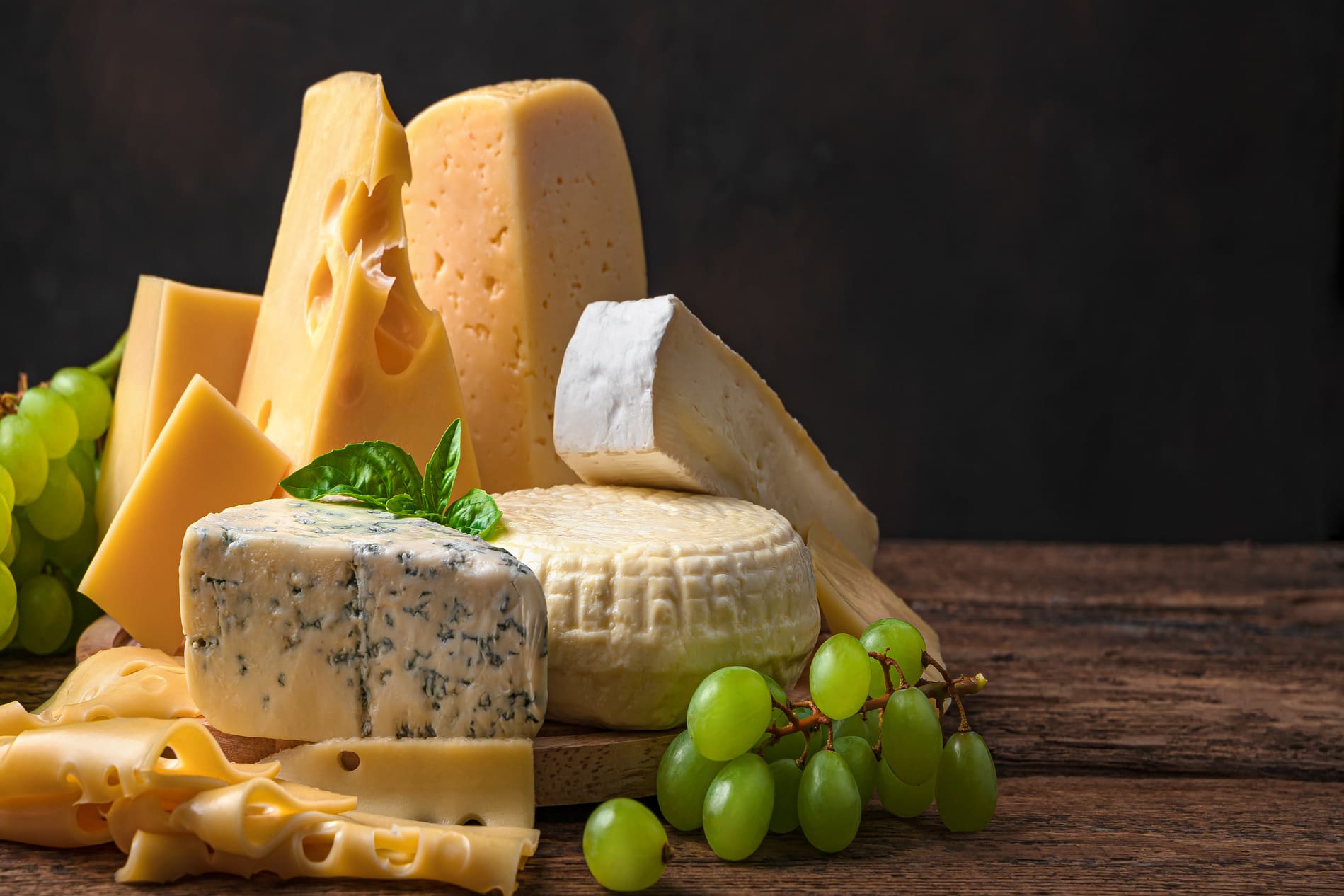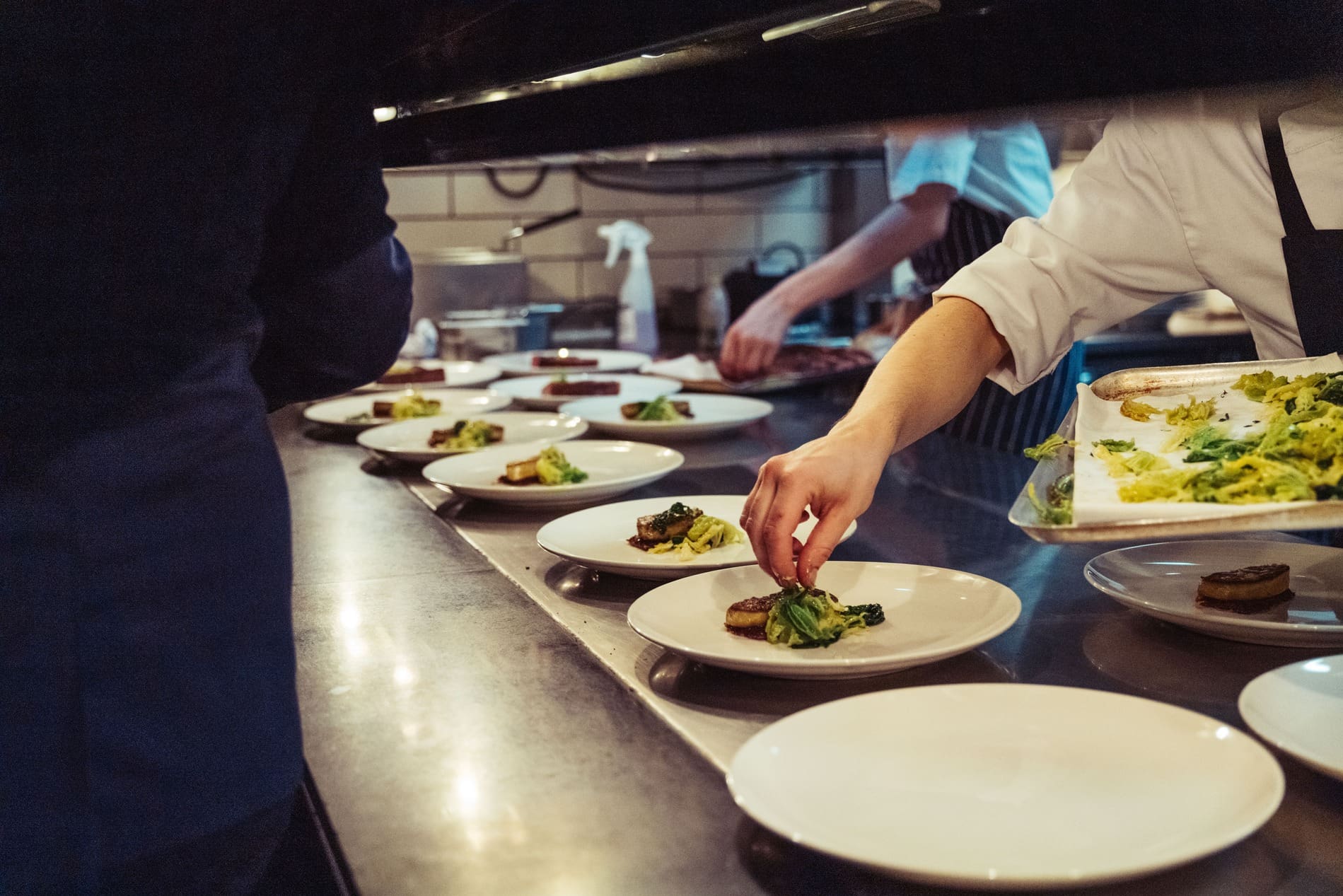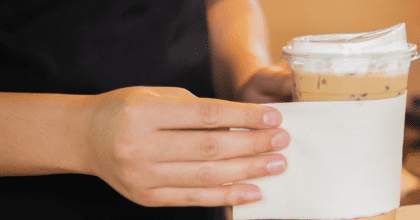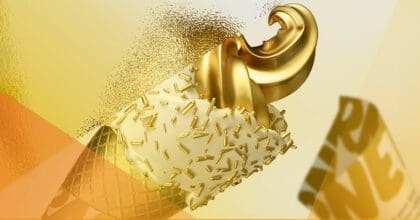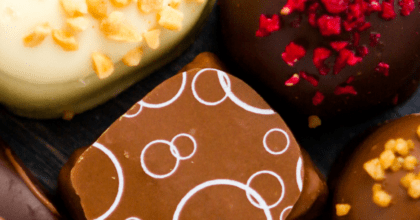From baby water to black cereals and even beauty-enhancing juices, innovations in China’s food and drink market were particularly dynamic in 2016.
Below, we’ve selected 10 of the most innovative:
Tenwow Tea Drinks C Man E, Lemon and Kiwi Mixed Juice Drink
Functional benefits as product claims are increasingly being used in juice launches as Chinese consumers are interested in getting something extra from drinking juices. This product is said to enhance beauty with Vitamin C and Vitamin E, as well as contains at least 10% of fruit juice content.
Gu, Shaoxing Aged Cooking Wine
There remain significant opportunities to develop better-for-you sauces in China, particularly low sodium and meat-free formulations, following the government’s recently revised dietary guidelines. The only brand to reduce salt content in 2016 was Guang Sheng Yuan Foods, which launched a range of low sodium cooking wines brewed with pure grains.
New Hope Xue Lan, Rose Flavoured Flower Yogurt
Chinese consumers are increasingly recognising yogurt’s taste credentials and brands have begun to look beyond just fruit and vegetable flavours. This rose flavoured yogurt is made using fresh flowers from Yunnan, China.
Nanfang Black Sesame Cereals Meal, Purple Yam Cereal Meal
Black food is considered healthy in China’s traditional ‘yangsheng’ philosophy, with more products – particularly cereals – being developed using black food. This cereal is made with quality black rice, black glutinous rice, black bean, black sesame, oat, cereal flakes, purple yam and purple potato and is said to provide balanced nutrition and replenish vitality.
Yili Satine, Pure Milk
Premium domestic milk products have begun to emphasize their protein content. Such a change could be the result of improvements in China’s domestic milk quality, and increasing consumer confidence in nutrition. Premium brand Jindian, under its umbrella company Yili, contains more than 3.3g of protein per 100ml.
Sanitarium Weet-Bix Bites, Apricot Breakfast Cereal
Australian products have been consistently popular in China, with the country’s clean and pollution-free image making products particularly appealing. Weet-Bix has become something of an overnight sensation. This fanaticism could be attributed to the popular Chinese soap opera ‘Ode to Joy’, where the female lead was seen eating Weet-Bix for breakfast.
Jovo Jiang Xiao Bai S.300, Jovo Jiang Xiao Bai S.300 Dan Chun Gao Liang Jiu
Baijiu is a traditional alcoholic drink in China and the most dominant spirit in the country. While being most popular with older consumers, the product targets a younger consumer with its cartoonish imagery, bringing with it a new generation of drinkers.
Nongfu Spring, Natural Drinking Water
Regular bottled water in China often contains too much sodium, sulphate and trace minerals for babies’ young kidneys to process. Despite this, the development of baby water – products specifically formulated for babies – remains scarce. Nong Fu Spring Yin Yong Tian Ran Shui (Natural Drinking Water) claims to be suitable for babies and toddlers. It is sourced from a water resource protection district in Paektu Mountain, China.
Whole Food Diary, Hawthorn Strip
According to Mintel’s Marketing to People in their 20s China 2015 report, Chinese consumers aged 20-29 are avid fans of snacks, and healthy intentions are increasingly factoring into snack purchases. Fruit snacks have begun to cater to demand for naturalness and this product is made with selected all natural ingredients which are sourced all over the world. It is free from artificial sweeteners, preservatives, gelatin, colourings, flavours and additives.
Deanfa Ji Mian, Japanese Style Curry Noodles
China’s middle class consumers – or “Mintropolitans” as per Mintel research – seek flavours from more exotic countries like South Korea, Japan and Thailand, as well as from the West. There is an opportunity for international instant noodle manufacturers to target this cohort within the Chinese market. This product is japanese-style and contains unique chewy Qian Ye tofu.












